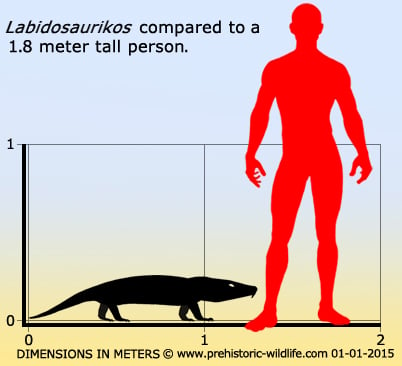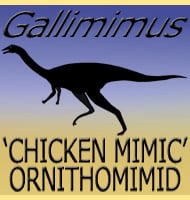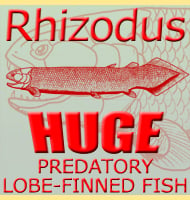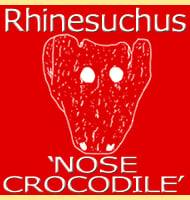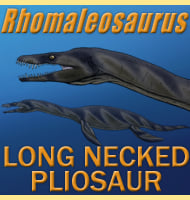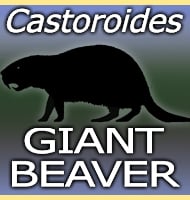In Depth
Labidosaurikos should not be confused with the similarly named Labidosaurus, another captorhinid that lived in the same approximate locations as Labidosaurikos. In fact the name Labidosaurikos means ‘similar to Labisosaurus‘. Labidosaurikos seems to have been a bit larger and heavier than its relative, and is noted for having a robust and fairly ornate skull. A second species of Labidosaurikos, L. barkeri, has been speculated to be synonymous with the type species L. meachami. However, a definitive conclusion is still elusive given that L. barkeri is based upon only fragmentary remains.
Further Reading
- A New Cotylosaur from North Central Oklahoma. - American Journal of Science 248(1):46-54 - J. W. Stovall - 1950. - The Cranial Anatomy of the Captorhinid Reptile Labidosaurikos meachami from the Lower Permian of Oklahoma. - Palaeontology 38 (3): 687-711 - J. T. Dodick & S. P. Modesto - 1995. – A large moradisaurine tooth plate from the Lower Permian of Texas and its biostratigraphic implications. – Journal of Vertebrate Paleontology, 36(6). – S. P. Modesto, V. J. Flear, M. M. Dilney & R. R. Reisz – 2016.
